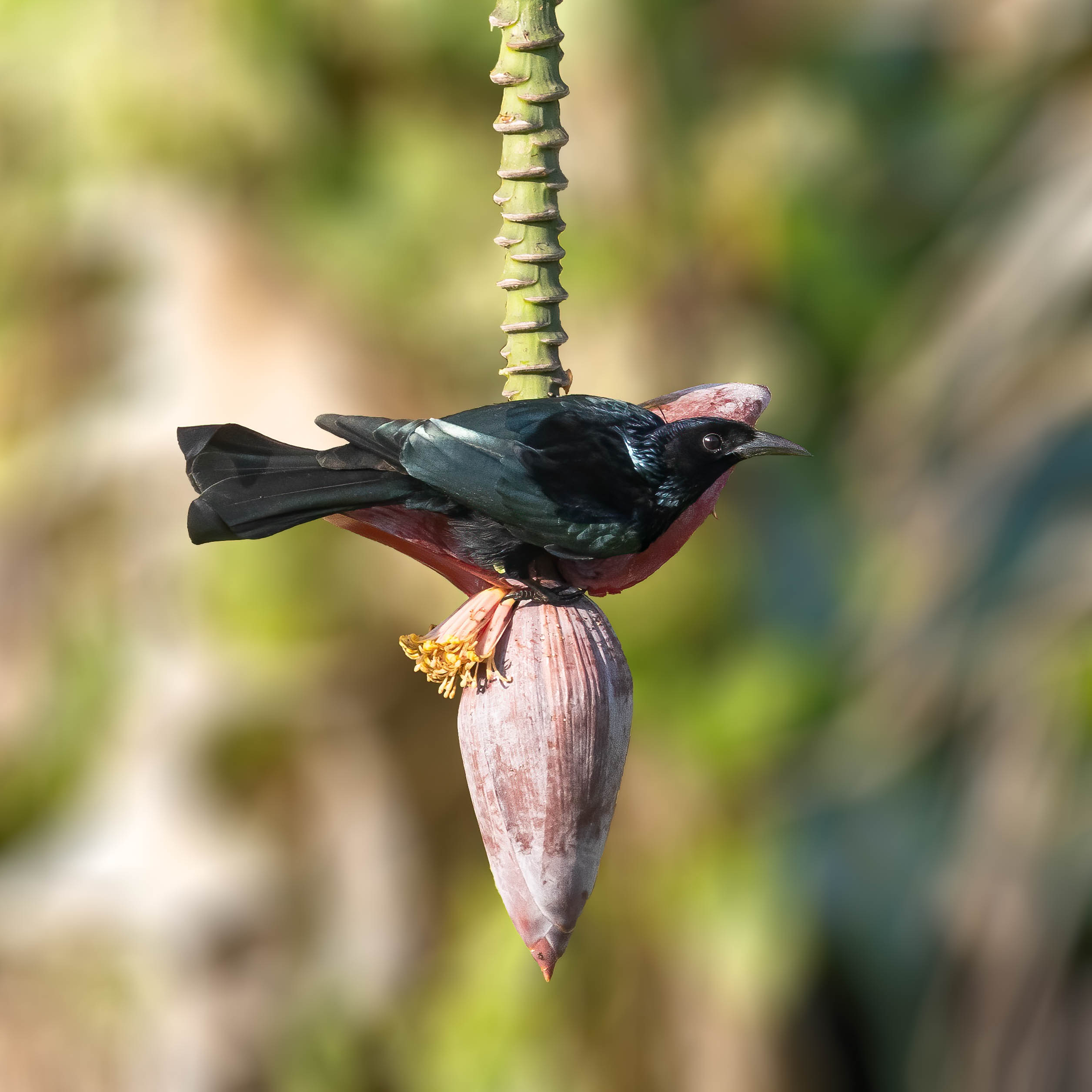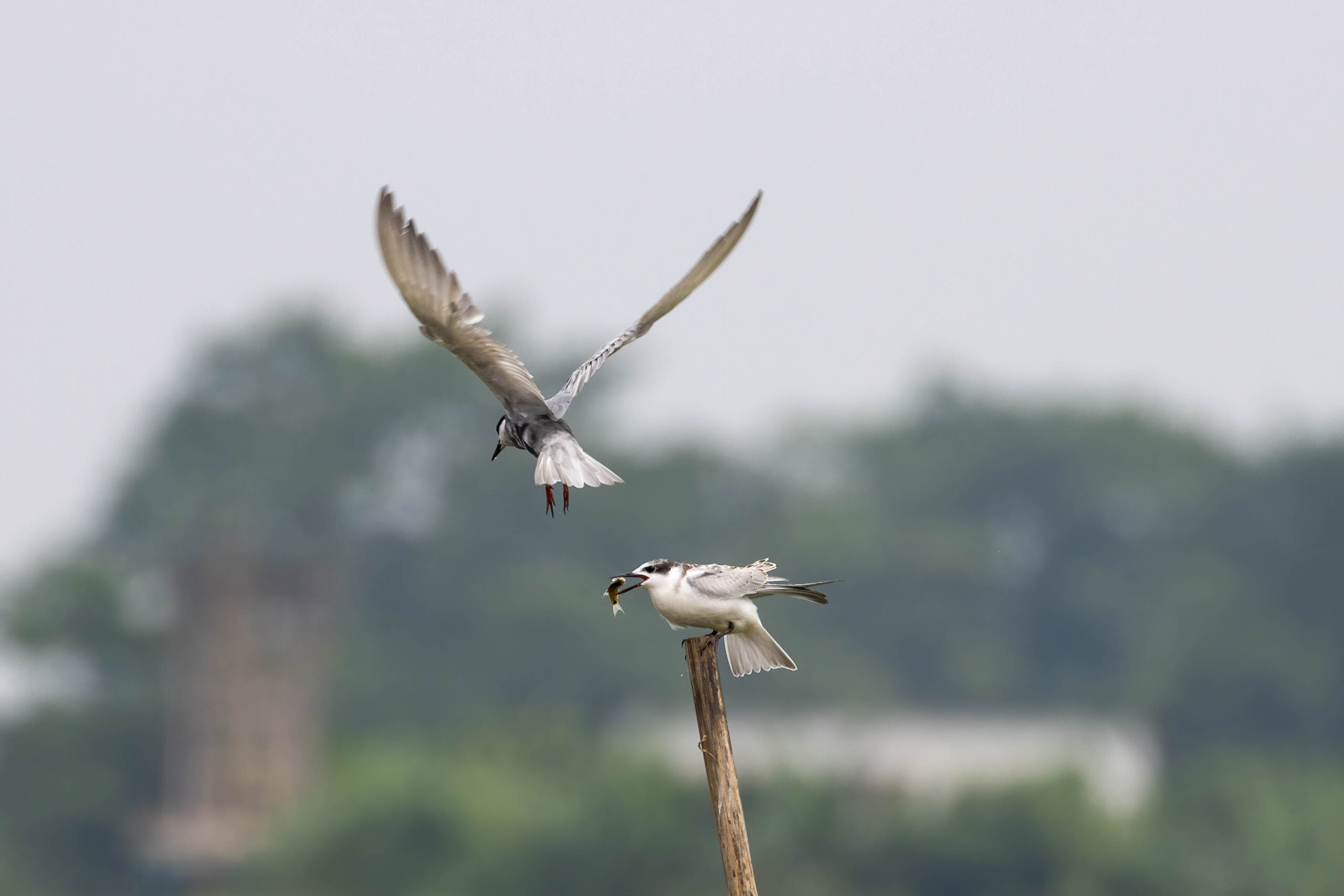The Indian state of Assam is famous for rivers, lakes and natural wetlands. One of such natural water body is Dora Beel. Sprawling over an area of 116 hectares, this Beel (natural water body) is butted and bounded by west: river Kulsi, by east: Rajapukhuri village, by south: Rampur village, Saru Tezpur and Bor Tezpur village, by north: Nahira village. The Beel is surrounded by almost 500 hectares of agricultural land. More than 2500 fishermen families of 21 nearby villages are dependent on this Beel.
A home to almost 180 species of both resident and migratory birds, almost 70 species of fishes and other aquatic creatures, more than 70 species of butterflies, various reptiles and various plants, this wetland is locally known as Beel Dora. Situated in the district of Kamrup, Assam, India, this wetland is a hotspot for birdwatchers.

Ganges River Dolphin in Dora Beel:
Dora Beel has been playing an important role in maintaining bio-diversity of the surrounding area. As we all know that river Kulsi is famous for Ganges River Dolphin, the State Aquatic Animal of Assam and National Aquatic Animal of India. Earlier, Ganges River Dolphin (an Endangered animal as per the IUCN red list) used to enter into Dora Beel from Kulsi during rainy season. Unfortunately, this Endangered animal is now extinct from Dora Beel for various reasons. As per local naturalists, due to illegal sand digging in river Kulsi, the river becomes deeper and hence sufficient amount of water cannot be flown out to Dora Beel from the river during rainy season. Therefore, dolphins do not come upstream to Dora Beel now a days.
Resident Birds of Dora Beel:

Dora Beel is home to various resident birds including Black Hooded Oriole, Black Drongo, Cattle Egret, Spotted Dove, Red Collared Dove, Black Kite, Red vented Bulbul, Common Hawk Cuckoo etc.
Migratory Birds to Dora Beel:

Some common migratory birds to Dora Beel are Common Kestrel, Whiskered Tern, Pheasant Tailed Jacana, Common Coot, Water Hen, Pacific Golden Plover, Himalayan Griffon, Oriental Pratincole and various species of raptors.
How to reach:
This wetland is almost 32 km away from the Guwahati city. Guwahati is well connected by road, rail and air with all the major cities of India. Regular flights and trains are available to Guwahati from New Delhi, Kolkata, Mumbai, Bangalore and Hyderabad etc. Buses are also available to Guwahati from the nearby cities of northeast India. You can easily hire a taxi from Guwahati to Dora Beel.
Where to stay:
There are a lot of hotels, lodges and resorts of different ranges available at Guwahati. From a luxury 5 star suit to an economic stay is an easy pick at Guwahati depending upon the budget.
When to visit:
From the birdwatching point of view, December to March is the best time to visit Dora Beel. Thousands of winter migratory birds of different species visit this wetland during the winter. However, during summer also a lot of summer migratory birds visit this wetland including Whiskered Tern, Jacobin Cuckoo, Bristled Grassbird etc.
Other places to visit:
Once you are at Guwahati, there are lot of other places to visit in and around the city. The Kaziranga National Park, famous for the One-horned Rhinoceros, is 194 km away from Guwahati. Another UNESCO World Heritage site, Manas National Park is 176 km away from the city. Moreover, there are a lot of other archeological sites of the mighty Ahom kingdom in the district of Sivsagar, Assam to explore. The largest river island, Majuli is 345 km away from the Guwahati city.
Conclusion:
Dora Beel is a hidden gem for the birdwatchers and the nature lovers. Many birdwatchers come to this place every year for birdwatching and to enjoy the beauty of the site. But unfortunately, there has been some unauthorized and illegal encroachments to this wetland in recent time. Therefore, this is the high time to join hands to protect this beautiful wetland in order to save our ecosystem for the generations to come.
5 thoughts on “Beautiful Dora Beel: A Birdwatchers Hotspot”